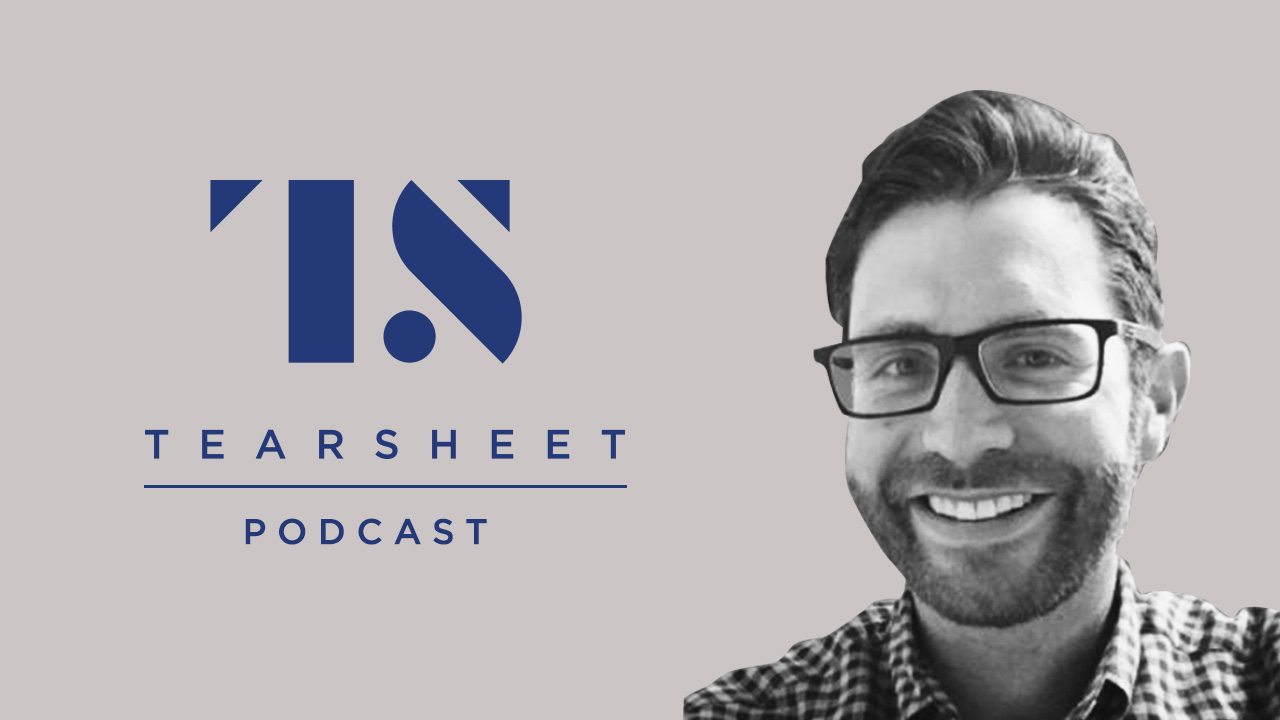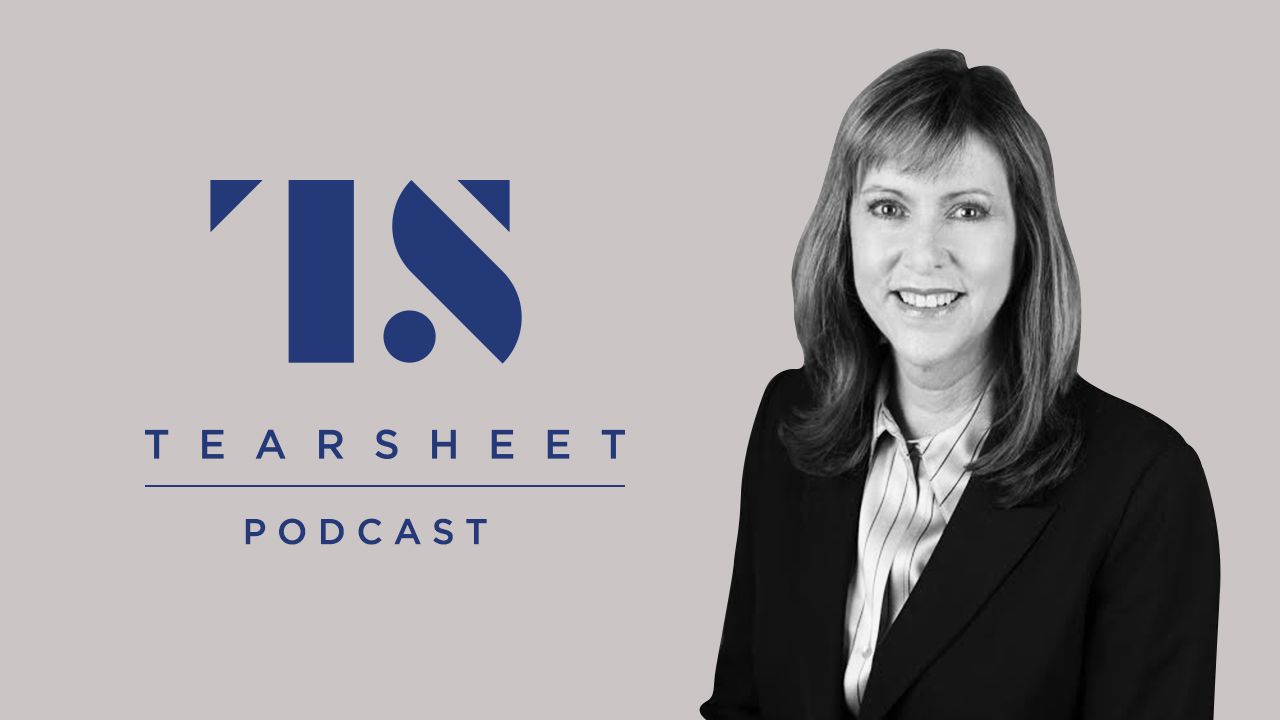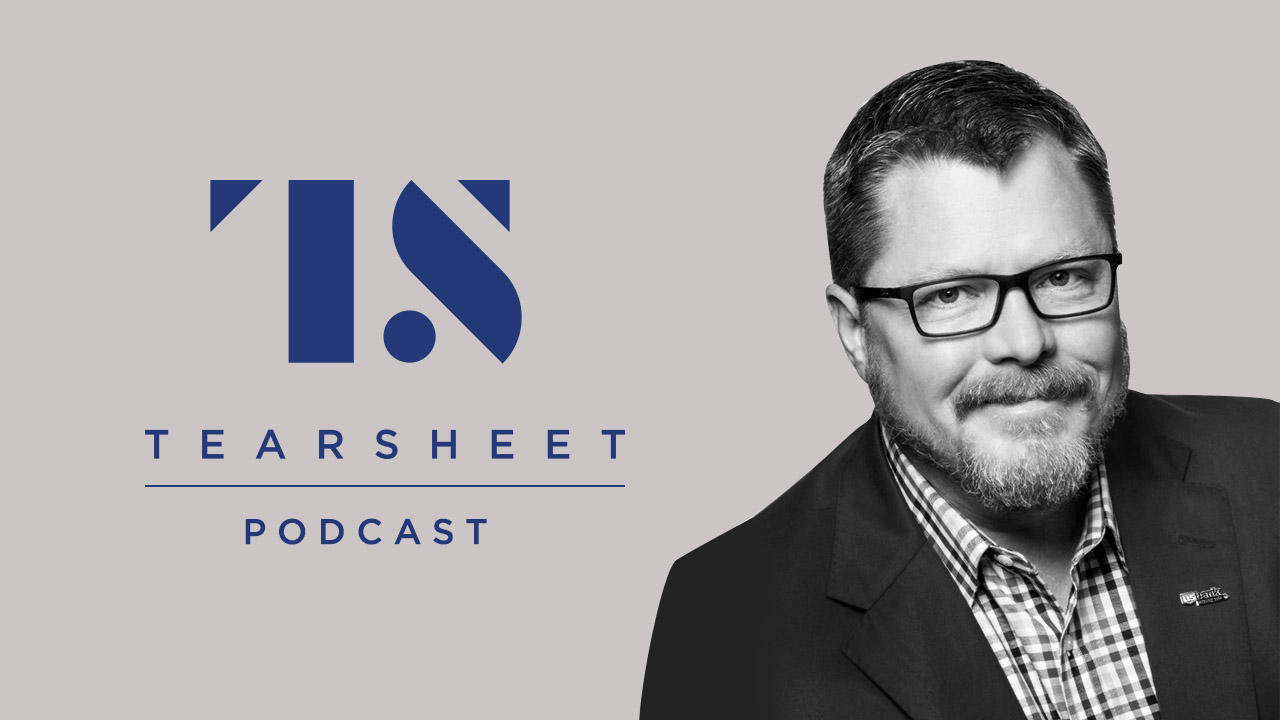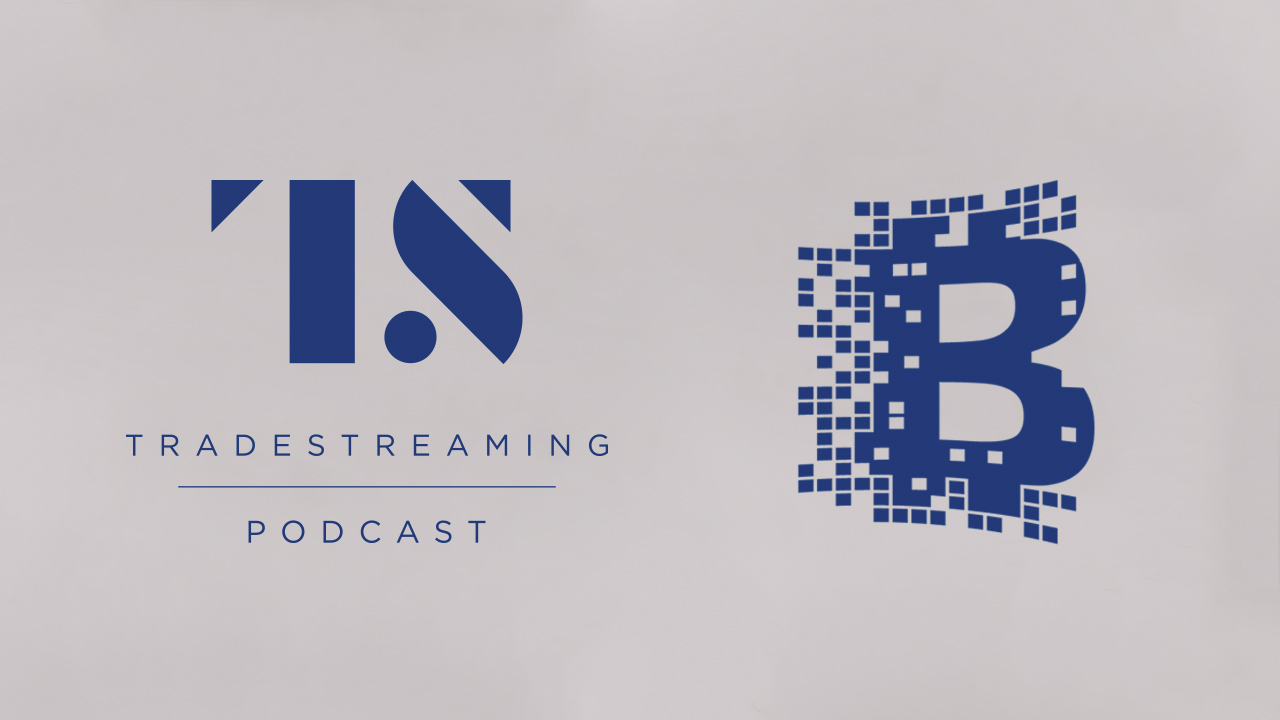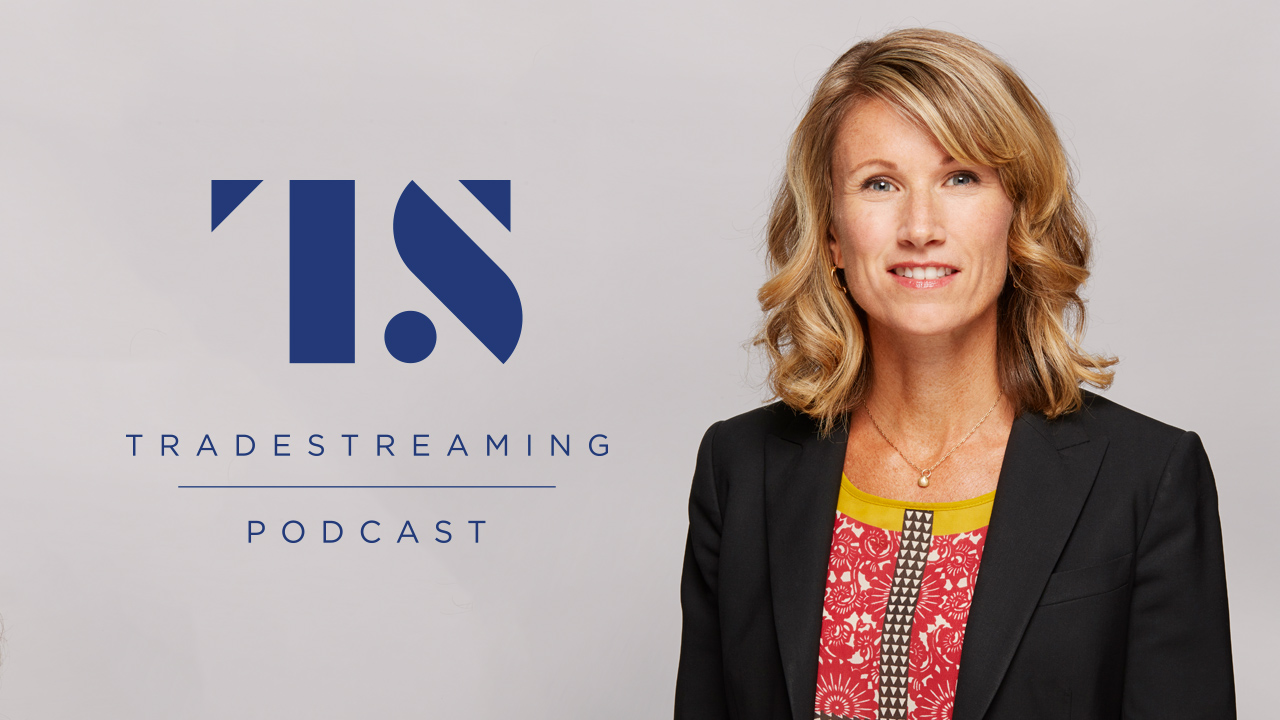American Family Ventures’ Dan Reed: ‘Investing in financial technology answers questions that haven’t been asked yet’
Inside Mastercard’s investing approach
Experian’s Laura DeSoto: ‘This is an area ripe for disruption’
U.S. Bank’s Dominic Venturo on creating a model for innovation
The blockchain: Man, myth, or legend?
[podcast] Umpqua’s Lani Hayward on the community bank’s acclaimed podcast
[podcast] Jan Bellens on fintech trends in Asia and emerging markets
Running successful crowdfunding campaigns with Roy Morejon
It may look easy to launch a crowdfunding campaign, raise hundreds of thousands of dollars, and hit your targets…but it ain’t.
The secret behind many of Kickstarter and Indiegogo’s largest and most successful crowdfunding campaigns is that they have professional help behind them.
They hire guys like Command Partners‘ Roy Morejon to run integrated Internet marketing campaigns, outreach with guerilla PR, and produce awesome crowdfunding videos. David and Zack bring Roy on to TWiC to discuss what’s tips and techniques are working for project backers.
In our news roundup, we talk about the growing internatlization of crowdfunding and the Kickstarter Film Festival 2014 in Brooklyn and the rising importance of platform branding in crowdfunding.
Lastly, co-host Zack “Attack” Miller digs deep into his experience producing over 20 crowdfunding videos and takes us through the 5 steps to make a captivating and successful crowdfunding video.
Listen to the FULL Episode
About Roy Morejon
 Roy is the President of Command Partners, a full service marketing agency focused on crowdfunding.
Roy is the President of Command Partners, a full service marketing agency focused on crowdfunding.
Resources mentioned in the podcast
- Kickstarter Film Festival 2014
- The problem with founders (TechCrunch)
- Kickstarter set to open in Ireland
- Rippr may be first equity crowdfunding campaign in New Zealand
- How China could introduce equity crowdfunding ahead of US and Europe (Forbes)
- Crowdfunding could be a $50 billion business by 2025 (Quartz)
- Crowdfunding’s potential for the developing world (World Bank report)
Roy Morejon’s Resources
- Command Partners (Roy Morejon’s firm)
- Command Partners blog
- Crowdclan
- CrowdCrux
Investing in distressed mortgages — with Jorge Newbery
The Internet is opening up all kinds of new investment opportunities that many of us didn’t have access to before.
One way real estate investors have made lots of money over time was by investing in distressed mortgages. But for an individual to buy a single mortgage is pretty complicated, let alone risky.
Jorge Newbery founded American Homeowner Preservation (AHP), a crowdfunding site for accredited investors to invest in pools of distressed mortgages earning between 9-12% per year — all with a focus on helping people stay in their houses longer.
Jorge joins me on the Tradestreaming Podcast to discuss how investors should think about investing in distressed mortgages, the types of returns they should expect, and the growing popularity of this investment.
About Jorge Newbery
 Jorge is the CEO and Founder of American Homeowner Preservation. He has been a principal in mortgage, property management and real estate brokerage firms
Jorge is the CEO and Founder of American Homeowner Preservation. He has been a principal in mortgage, property management and real estate brokerage firms
Listen to the FULL episode
More resources
- American Home Preservation (website)
- Distressed Residential Mortgage Summit (NYC, June 18-19 2014)
Even More Resources
Do you have something to share? Let me know in the comments and subscribe below to be notified of new podcasts and articles.





